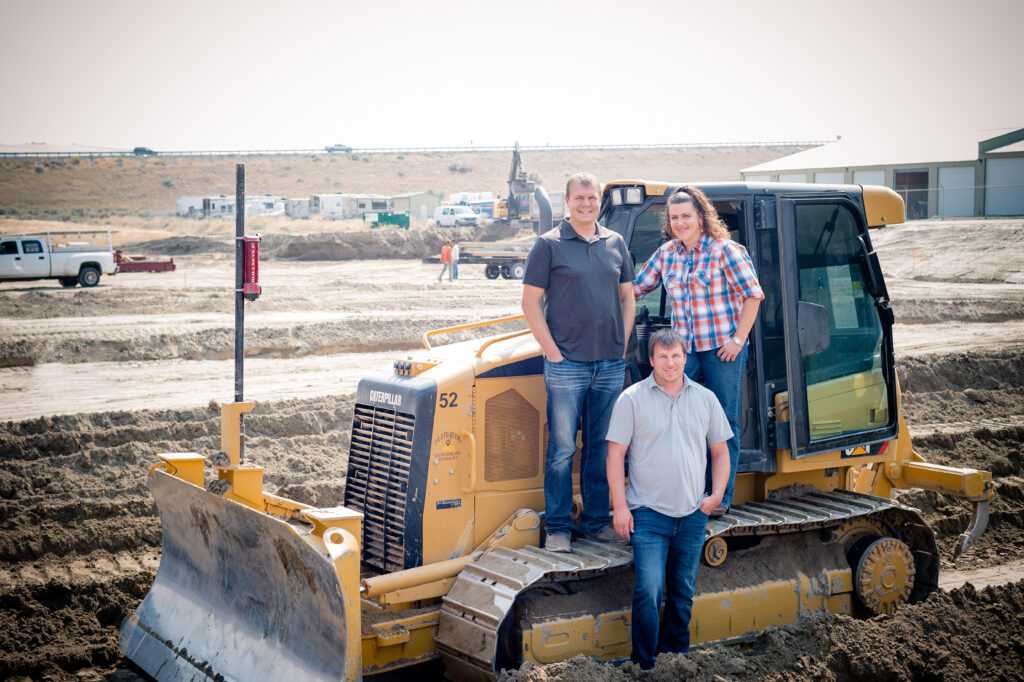What Every Commercial Financing Request Should Have In 2021, And Always
As we head into the last half of November, February 2020 already feels like distant history. Back then, when many of us did not foresee – and could not imagine – the turns the year would take, something long anticipated happened: The longest economic expansion in US history ended. The country entered a recession.
Following consecutive years of growth in revenues and profits, many local companies came into 2020 having just had one of their best years ever. This year has been full of challenges requiring much ingenuity and adjustment. Some industries have faced significant adverse impacts, yet many others have continued to perform well in 2020. It is in 2021 where question marks remain. Will there be more shutdowns? Will pent up demand fuel us forward? Will there be lasting adverse ripple effects through the economy? It is a good time to think about one key point if a prospective project is on your radar.
If a person is seeking commercial financing, whether for their business or for investment real estate, there is a common factor that should be considered always, but especially now: What kind of fallback position do you have? Bankers, when in the company of other bankers, affectionately refer to this Plan B, and the ability to survive and perform financially through adversities, as “secondary capacity.”
Here is the beauty of commercial finance: Whatever it is used for should generate the return that will eventually pay it all back. That return is also what covers the expenses of a business or property, and hopefully pays a nice profit and return on investment to the owners of the company or real estate. A business owner seeking to purchase equipment expects that equipment will be used to generate the revenues that will not only pay for the equipment, but that will also add cash to their bank account. Whether the item purchased is funded entirely from cash from ownership or has a portion that is financed, it is the same return that is expected to be paid back.
This is what is referred to as the “primary source of repayment.” This is Plan A, assuming everything goes according to plan and life is good. So, what happens when things do not go according to plan? What happens when there are revenue shortfalls, increased expenses, vacancies, or closures and shutdowns?
This is where the backup plan, or secondary capacity, comes into play. Other than the primary source of repayment, what other outside sources of income are recurring, and how much are these other sources of cash flow relative to existing and requested debt? Likewise, how much cash do you have on hand, and how much of it is available relative to existing and anticipated expenses, including debt payments?
To learn more about Amanda and our Commercial Lending opportunities, visit the Community First Bank website by clicking here: https://www.community1st.com/commercial-loans/
As an example, think of a person considering the purchase of a building for the operation of their own company. Often in real estate financing, the amount of the down payment and monthly payment are key areas of focus, as are any associated capital improvement costs. Equally important is the amount of cash on hand after the purchase is complete and the business is operating in its new location. Whether the amount of cash in the bank after closing is $50,000 or $5,000,000, and whether that number is adequate, is all relative to the individual company. How many months of operating costs and debt payments does this amount equate to? What does this amount look like when the cost of living and/or personal obligations of the owner(s) outside of the company are considered?
Risk is part of business, and the better prepared an enterprise is for the most likely risks to their venture the more likely they are to be prepared for the unexpected. A strong balance sheet, balanced with cash, provides a lot of staying power and ability to move ahead when others are sidelined. Whether or not you find yourself in this position now, understanding it can help you move forward productively.
In the last recession, people took hard hits. When revenues slow down or buildings are vacant, the opportunity to focus on margins and contingency plans becomes a necessity that cannot be put off. I have had the privilege to work with a number of business owners and commercial real estate investors who learned so much from those experiences that they went on to become better operators generating greater returns than ever before.
Likewise, maintaining secondary capacity, having reserves, and establishing a backup plan have also been key characteristics of those who continue to perform well and move ahead in the current environment. In lieu of having a crystal ball prediction on what 2021 will bring, considering one’s own reserves, risks, and back up plans is especially timely. This is true whether you are thinking about a new project or wanting to maintain the status quo. So too, consideration of the unexpected rainy day (or year!) is of value, even in the best of times.
My next article in January 2021 will focus on cash flow vs. collateral in commercial financing considerations.
Amanda Jones, NMLS ID #1709212
Vice President & Commercial Loan Officer, Community First Bank

